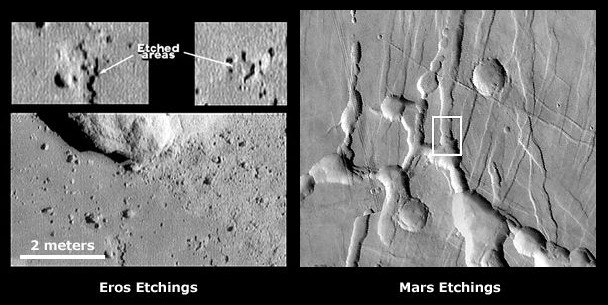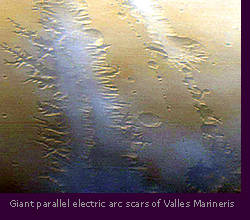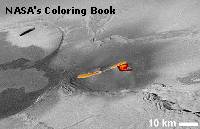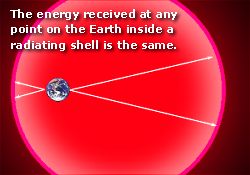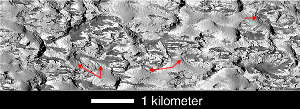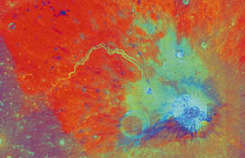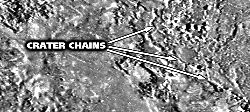holoscience.com | The ELECTRIC UNIVERSE®
A sound cosmology for the 21st century
EROS not so Mysterious

The following message is from Reuters: On February 12, the world’s first spacecraft will land on an asteroid – Eros, named after the Greek god of love – and stream a series of photographs in nearly real time. That equates to two images a minute, which will be streamed to the Web site www.near.jhuapl.edu At…
The impact of pseudo-science
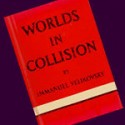
This year is the 50th anniversary of the publication of an astonishing and controversial book – Worlds in Collision. The provocatively titled 1950 book was written by Immanuel Velikovsky and caused an unprecedented furor in scientific circles. It led to the transfer of the book from the hurting academic publisher and dismissal of those who…
So NEAR, and yet so far from UNDERSTANDING
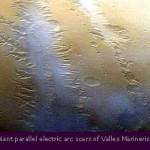
On Valentine’s Day, 2000, the Near Earth Asteroid Rendezvous (NEAR) spacecraft is is due, on its second attempt, to go into orbit around asteroid 433 Eros. It will be the first spacecraft to orbit an asteroid. NEAR will examine the odd-shaped rock, about twice the size of Manhattan Island, for about a year. What do…
NASA’S Xmas Coloring Book
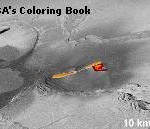
NASA have just released the first images from their Thanksgiving Day, November 25, 1999, closest flyby of Io. See them at http://www.jpl.nasa.gov/pictures/io [dead link 2012, try http://photojournal.jpl.nasa.gov/catalog/PIA02519]. My earlier prediction that the so-called volcanos would be much hotter than the estimates made at lower resolution has been hinted at by NASA. It is reported that…
Other stars, other worlds, other life?

Emeritus Professor at the Australian National University, Dr. S. Ross Taylor has concluded after a lifetime’s work on the formation of the solar system: “When the remote chances of developing a habitable planet are added to the chances of developing both high intelligence and a technically advanced civilization, the odds of finding ‘little green men’…
MORE IO CLOSEUPS
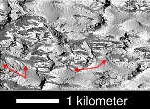
Jupiter’s Moon Io: a Flashback to Earth’s Volcanic Past Excerpts From A NASA/JPL Press Release November 19, 1999 Jupiter’s fiery moon Io is providing scientists with a window on volcanic activity and colossal lava flows similar to those that raged on Earth eons ago, thanks to new pictures and data gathered by NASA’s Galileo spacecraft.…
IT HAS TO BE MOONGLOW!
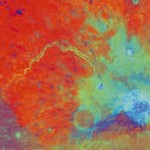
The region around the crater Aristarchus (at lower right) has been a focus for observers searching for transient lunar phenomena. This false-color mosaic was assembled from blue, red, and near-infrared images taken by the Clementine spacecraft and represents brightness ratios between the wavelengths. Images taken several weeks apart reveal a surface change in the cobra-head…
CLOSEST EVER PICTURE OF IO
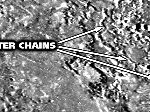
From NASA News of 24 October 1999 The highest resolution image ever of Jupiter’s volcanic moon Io, (the black and white image at top) was taken by NASA’s Galileo spacecraft on Oct. 11, 1999, from an altitude of 617 kilometers (417 miles). It shows an area about 7.2 kilometers (4.5 miles) long and 2.2 kilometers…
